If you’re a photographer, you’re probably familiar with the golden hour – and even if you’re not, you may have heard of it before. So what is it… and why are photographers so crazy about it??
Well, I’m here to help! Golden hour, otherwise known as the magical hour or magic hour, is the time right after sunrise or right before sunset. Most people (photographers and clients alike) favor the time just before sunset as it doesn’t require such an early wake-up-call for sessions. Plus, you can use the excuse of getting all dolled up for your photo session as the perfect excuse to follow it up with cocktails, dinner, or a night on the town.
Typically, the prime time of golden hour is the hour after the sun rises above or before the sun sinks below the horizon. However, golden hour sessions often take place in the 2-3 hour window either before or after sun-up or sun-down, and photographers can still get a similar look for about 20-30 minutes while the sun is not visible over the horizon.
So why is it so significant and why do I encourage my clients to schedule their sessions within these windows?
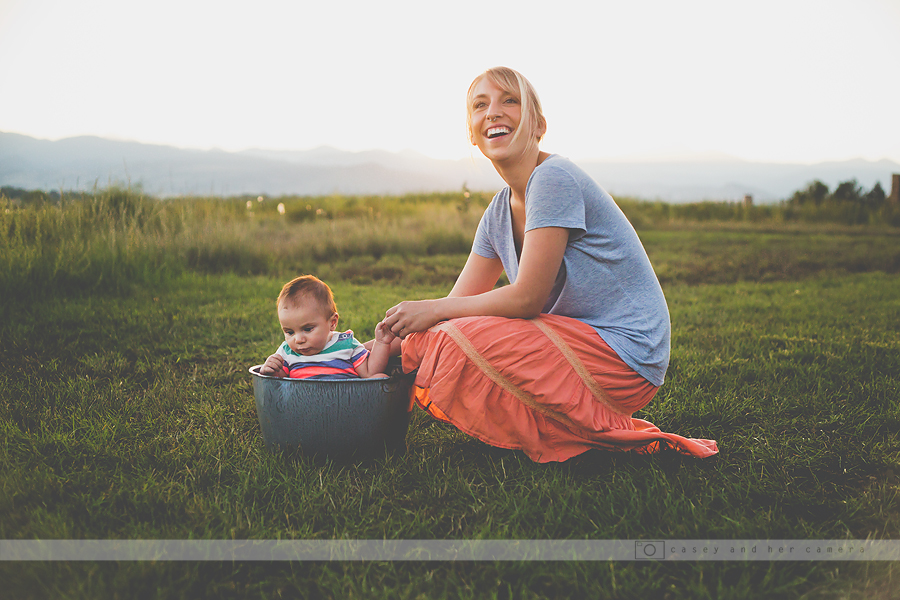
For starters, the most obvious is the amazing golden ‘glow’ you get with these images. The visible ‘temperature’ of daylight (Kelvin) changes throughout the day. The temperature of the light around golden hour times is much warmer than during the middle of the day. Warmer lighting means warmer images – like the ones featured in this post. Cooler images will result in more ‘blue’ tones of lighting, while warmer images result in more ‘orange/yellow’ tones of lighting.
Truth? People ALWAYS look more flattering in warmer lighting… it’s the simple fact that we’re humans and our skin ‘glows’ in this color of lighting. Now if I were photographing Avatars, I may prefer cooler lighting and daylight temperatures. 😉
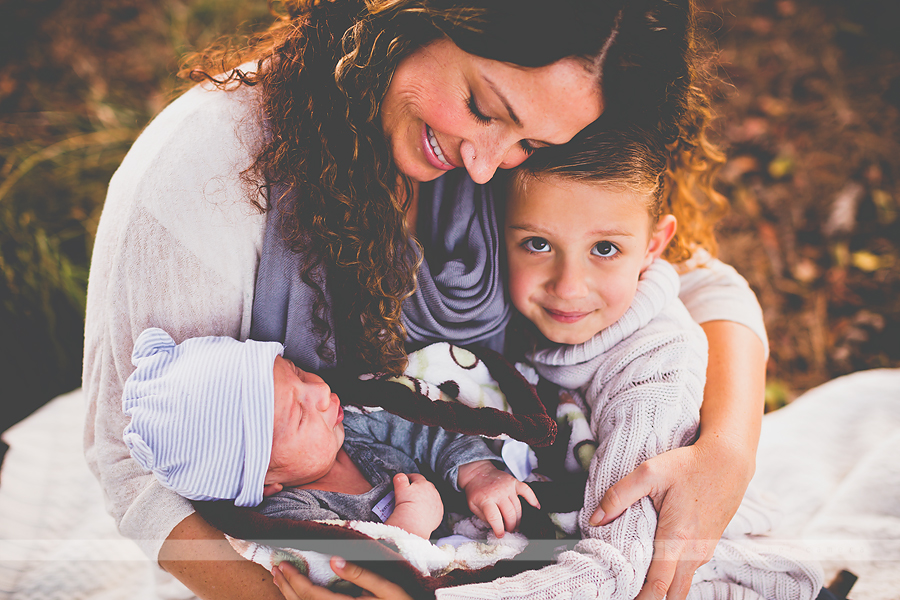
On a more technical level, though, another advantage to shooting at golden hour is the position of the sun. Shooting at sunrise or sunset means longer shadows – shadows that fade out of images. It also means no harsh shadows on faces. If you think about the position of the sun in relation to the shadows it casts, you may able to imagine that images shot with the sun overhead or close to this position, will cast almost no shadow on the ground, but instead will cast unflattering shadows under eyes, noses, and chins. Think holding a flashlight under your chin for a scary story…. but reversed. Try it in your mirror if you can’t picture it in your head!
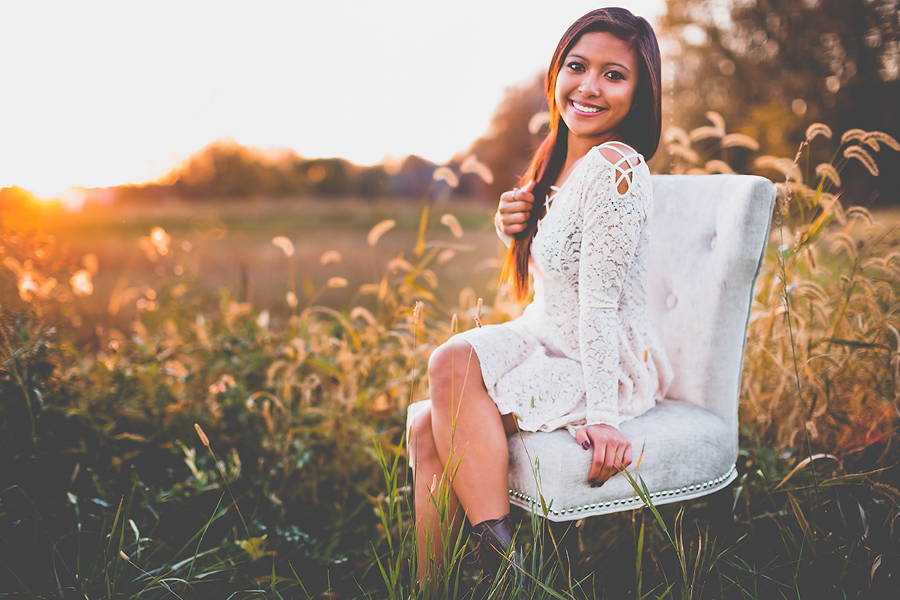
Lighting at golden hour is more diffused. With a sun that is low on the horizon, it’s easier to position the sun behind trees and brush, allowing it to filter through for the perfect diffusion of light that softly illuminates your subject. You can even hide it behind your subject, or shoot with it on an angle to accentuate your portrait. Golden hour lighting is softer. Midday lighting, while already offering those harsh shadows I mentioned above, causes intense highlights, or hot spots, that are a beast to expose against shadows, and impossible to recover in post-production.
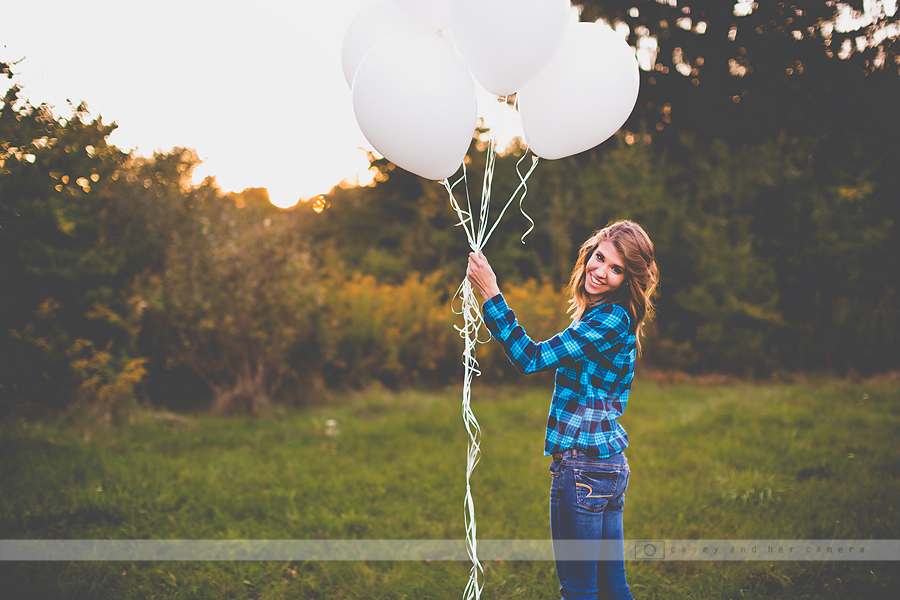
Golden hour lighting is more even due to the position of the sun in the sky – exposing an image for both shadows and highlights is feasible without losing the details in the image… specifically the background. Images shot during the day, and without a fill light (which is a whole other topic of conversation if you’re a natural-light photographer) usually have an overexposed background (too light, too bright of highlights) when exposing for your subjects. If exposing for your background, your subjects may be underexposed (too dark, too dark of shadows). Both of these scenarios can be hard to balance in post-production because of the drastic separation on the histogram (the scale of lights to darks).
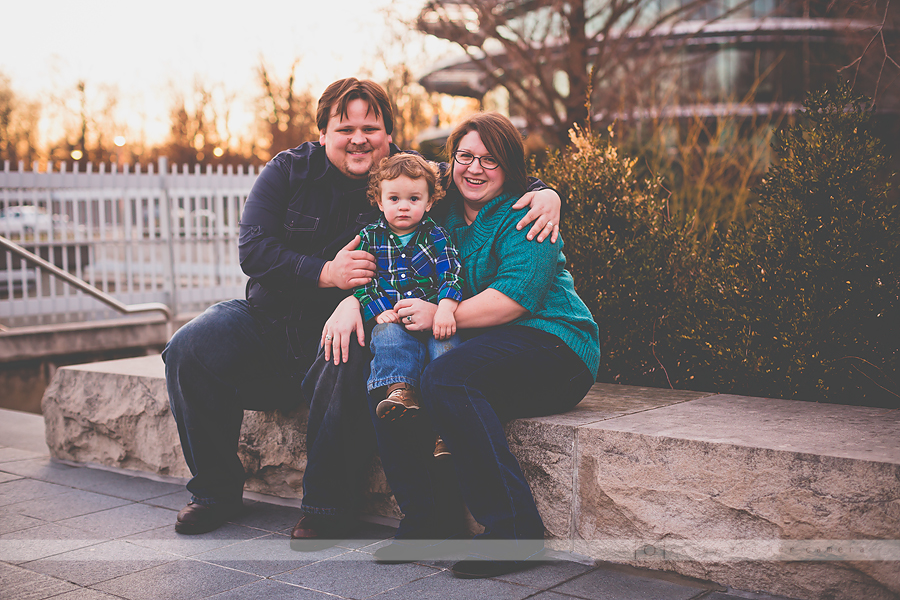
So if you’re a photographer starting out and trying to understand golden hour and all it has to offer – get out there and experiment. If you’re a client wondering why your photographer is encouraging you to schedule your family session around sunset (meaning the kids will be up past their bedtime and you’ll have to rearrange their naps), trust them. Rescheduling naps and rearranging meals one or two days out of the year to have gorgeous portraits that just glow and look AMAZING printed on HUGE canvases on your home walls are totally worth it.
Want to try shooting at golden hour? There are plenty of apps and websites out there that can help you figure out the location of the sun and the time of golden hour no matter where you are. Here is my favorite site for predicting sunset and my favorite app for checking out the magic hour time where I’m currently at.
See you all at golden hour!
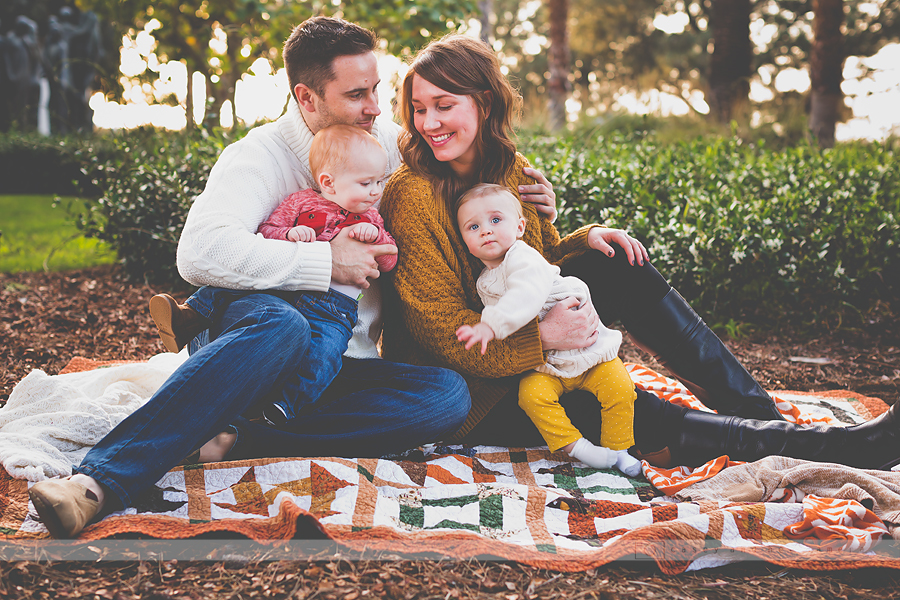
casey and her camera is an Indianapolis Family Photographer specializing in family, couple, lifestyle, senior, and wedding photography for Indianapolis, Indiana and the surrounding areas.
Share this:
Indianapolis Family Photographer | Shooting at Golden Hour
Mar 2, 2015
